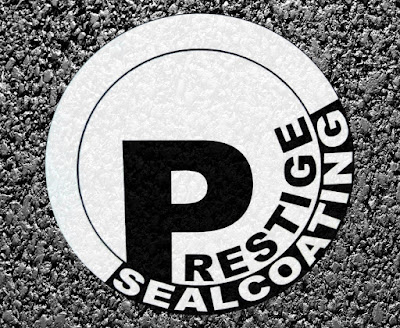PAHs or polycylic aromatic hyrdocarbons are a group of more than one hundred different chemicals that form over a thousand different compounds. They are produced by the incomplete combustion of organic materials such as coal, oil, or wood. PAHs can also be formed naturally by the environment itself from forest fires and volcanoes. Urbanization, population, and industrial manufacturing are three of main contributing factors in high PAH levels.
The most common ways these chemicals are formed, or found in nature are:
-Forest/grass fires
-Volcanoes
-Oil seeps/fuel spills
-Plants, fungi, and bacteria
-Petroleum
-Electric power generation
-Waste incineration
-Home heating
-Diesel fuel engines
-Burning coal
-Asphalt roads/production
-Gas appliances
-Cigarette smoke
-Internal combustion engines (planes, trains, automobiles, and boats)
-Agriculture farming (insecticides/fertilizers)
-Roofing materials
-Charred/grilled foods
We are exposed to these chemicals on a everyday basis whether we live in Suffolk County or the Bronx. The three main ways these chemicals enter our bodies is through inhalation, ingestion, and absorption (skin contact). Breathing cigarette smoke or car exhaust, eating or drinking contaminated foods, and touching contaminated soil or bathing in contaminated water would be some examples of exposure.
Although the health effects of individual PAHs are not exactly alike; the following 18 PAHs are considered as a group in this profile issued by the Agency for Toxic Substances and Disease Registry (ATSDR):
- acenaphthene
- acenaphthylene
- anthracene
- benz[a]anthracene
- benzo[a]pyrene
- benzo[e]pyrene
- benzo[b]fluoranthene
- benzo[ghi]perylene
- benzo[j]fluoranthene
- benzo[k]fluoranthene
- chrysene
- coronene
- dibenz(a,h)anthracene
- fluoranthene
- indeno(1,2,3-cd)pyrene
- phenanthrene
- pyrene
- naphthalene
Potential health risks from over exposure to PAHs can vary. They depend on factors like the person's health, age, strength and the length of exposure. Although short term effects in humans are not clear they may cause eye/skin irritation, nausea, diarrhea, vomiting, and confusion. Long term effects have been linked to certain cancers such as lung, liver, skin, stomach, and bladder in lab animals. There have been no reported cases of cancer in humans from PAHs, because most of these chemicals are found in groups whether through environment or occupation. So it is difficult to single out which one is responsible for the health risks but they are still considered hazordous to your health. For example some tobacco blends used to make cigarettes can contain up to ten different PAHs.
You might ask with all the different ways which we can be exposed is there any way we can limit our exposure?
-Avoid smoke (grills, wood stoves, cigarettes, etc.)
-Avoid high traffic areas
-Cook at lower temperatures
-Use a vent when cooking with gas stoves
-Seal joints in duct work for furnaces/water heaters
-Leave garage doors open after pulling a car in
-Have your chimney professionally cleaned
-Use "green" insecticides around the house
-Avoid industrial combustion (garbage plants)
-Vacuum frequently and clean window sills (especially if residing near highways)
